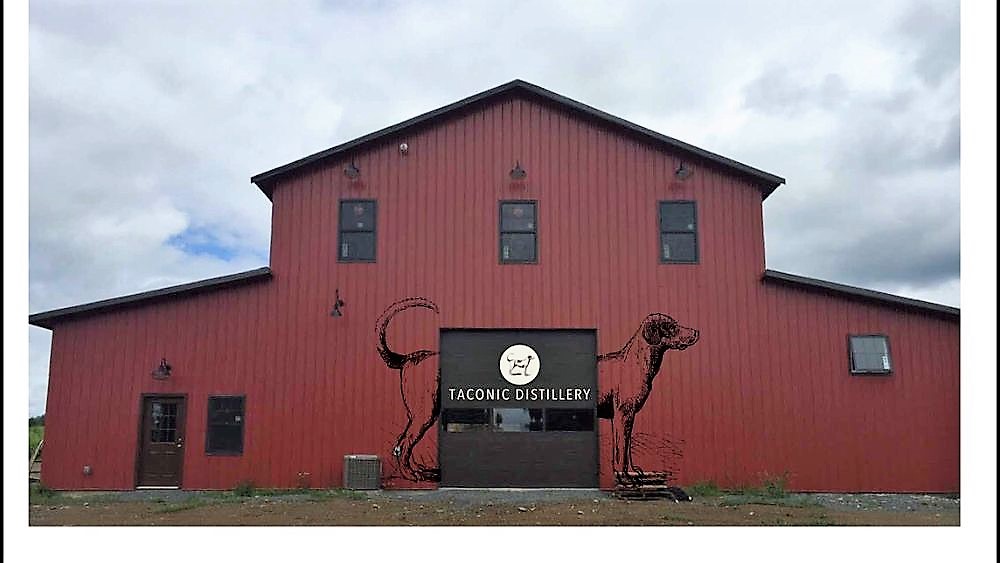
The classic barn silhouette is more than just an icon of American rural life — it’s a smart and functional design that has stood the test of time. Today, American Barn Style Steel Buildings are making a resurgence across the country, not only for agricultural purposes but for a wide range of modern uses.
In this blog, we’ll take a closer look at what defines the American barn style, why it remains so popular, and how steel construction has elevated this timeless structure into a modern solution for residential, commercial, and agricultural needs.
What Is an American Barn Style Steel Building?
The American barn style is characterized by its distinctive raised center section, flanked by two lower lean-to sections on either side. This “triple gable” design provides a central high-clearance space, with lower wings that can serve multiple functions — from storage and stalls to workshops or even living quarters.
When constructed using steel, this traditional layout gains modern benefits: greater durability, faster construction, and better adaptability to different climates and codes.
Key Features of American Barn Style Steel Buildings
- Raised Center Aisle
This elevated middle section offers a tall, open interior space — ideal for hay storage, tall equipment, or creating a dramatic living area in barndominiums. - Symmetrical Lean-Tos
The two lower sides offer practical space for additional storage, stalls, or workspace. They also help define the building’s aesthetic. - Open Floor Plans
Steel framing allows for wide, column-free spans in the center section, making it easier to customize the interior layout without load-bearing walls. - Rustic Meets Modern
Many people are drawn to the classic “American barn” appearance — especially when combined with clean steel siding, custom colors, and contemporary finishes.
Popular Uses for the American Barn Style
While this design has its roots in agriculture, it’s being reimagined for diverse uses, including:
- Equestrian Facilities – The layout is ideal for horse stalls on the sides and a central tack or feed area.
- Equipment Storage – Farmers and ranchers value the center height for tall equipment, while the lean-tos accommodate tools and smaller gear.
- Workshops – Hobbyists and small business owners use the layout to separate work zones efficiently.
- Barndominiums – One of the fastest-growing trends in rural housing, these modern homes combine living and work/storage space under one roof.
- Event Spaces – The recognizable silhouette and open interior make these structures popular for rustic weddings and community gatherings.
Why Steel?
Steel construction adds key advantages to the traditional barn style:
- Durability – Steel buildings resist rot, termites, mold, and fire better than wood-framed barns.
- Low Maintenance – Steel siding and roofing require less upkeep than wood or shingle alternatives.
- Faster Construction – Prefabricated components reduce construction time and minimize site disruptions.
- Energy Efficiency – With proper insulation and ventilation, steel buildings can be energy-efficient in both hot and cold climates.
- Adaptability – Steel barns can be expanded, reconfigured, or upgraded more easily than traditional wood barns.
A Timeless Design, Built for Today
What makes American Barn Style Steel Buildings so appealing is their combination of nostalgia and practicality. They evoke the charm of traditional rural architecture while offering the performance and efficiency of modern construction materials.
Whether you’re designing a home, stable, workshop, or event venue, this barn style offers a highly adaptable and visually striking option — one that continues to evolve alongside the needs of its users.
Final Thoughts
In an age of innovation, the American barn remains a symbol of resilience, purpose, and practicality. Thanks to steel construction, this classic form has entered a new era — ready to meet the challenges of the 21st century without sacrificing its unmistakable character.

